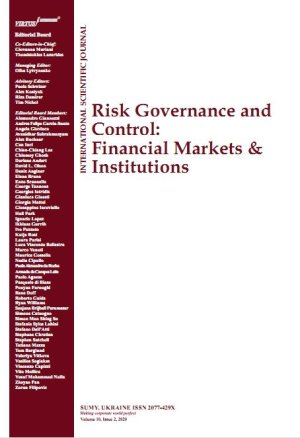
THE ROLE OF THE RISK CONTROL FUNCTION UNDER THE BASEL II FRAMEWORK
Download This ArticleThomas Dietz
Abstract
While the financial turmoil has left the business approach of ethical banks unchanged, as evidenced in the striking stability of their balance sheet from 2007 to 2009, the pattern shown by big banks has substantially changed over this same period. These developments would tend to suggest the need to
reform the business model of big banks. There is no clear empirical evidence that a banking system with a large number of small institutions would be any more stable than the system as it currently stands. Besides, financing certain big projects would always require the existence of large international
banks. Both types of financial institutions are in fact complementary. How to regulate the banking and financial sector is thus a complex and multifaceted issue. One cannot impose the same requirements on big international-oriented banks and small domestic banks. As this paper has tried to demonstrate, both have a distinct business model. The following statements and assessments represent the author’s opinion only. They should not be interpreted as official statements or assessments from Deutsche Bundesbank.
Keywords: Risk Control, Basel II, Banking
How to cite this paper: Dietz, T. (2011). The role of the risk control function under the Basel II framework. Risk Governance and Control: Financial Markets & Institutions, 1(3), 40-49. https://doi.org/10.22495/rgcv1i3art4



















